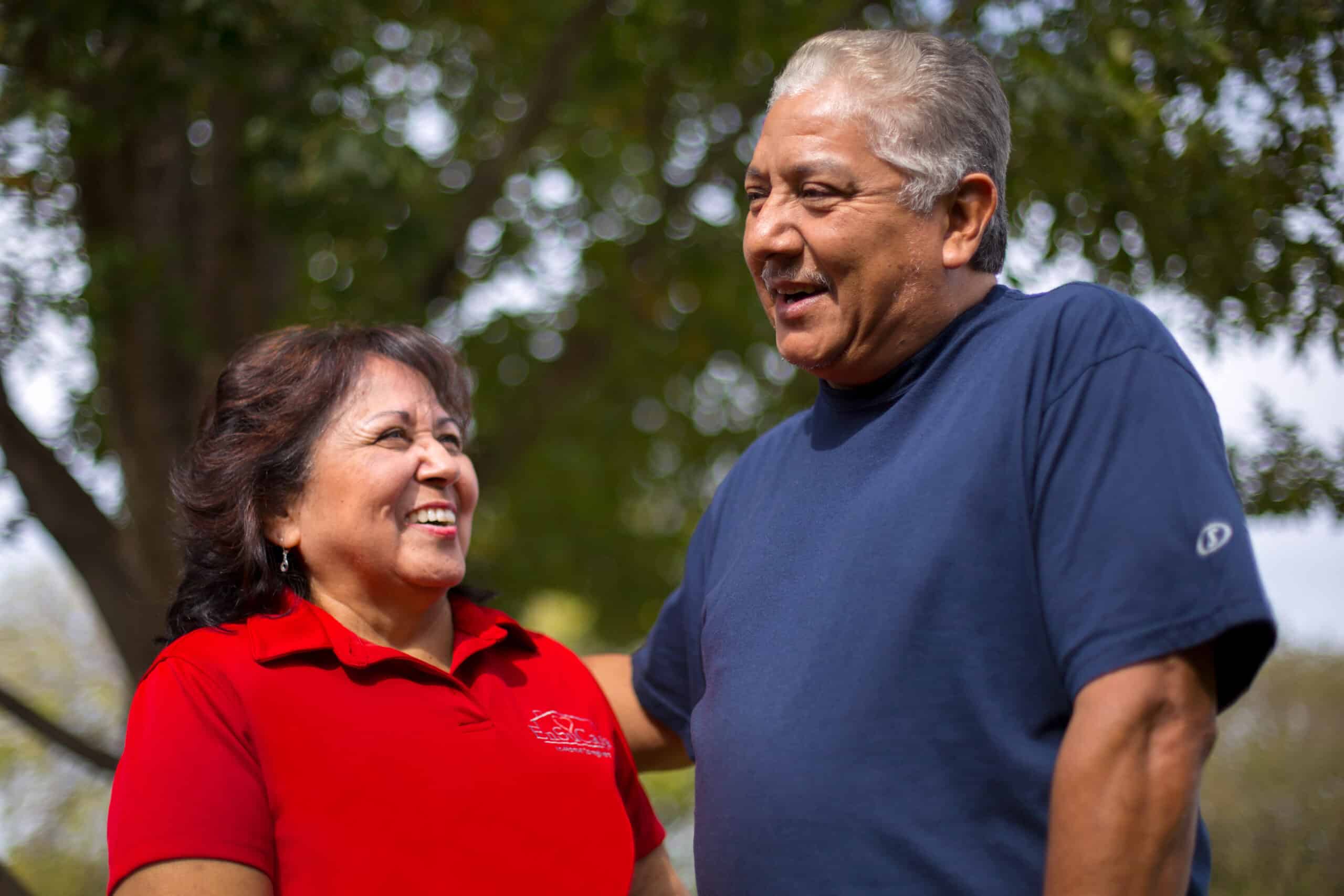
14 Aug Planning for Long-term Care, What Retirees Need to Know
Long-term care encompasses a variety of services needed by individuals who have difficulty performing everyday activities on their own. As we begin to age, retirees may begin to wonder when is the right time to start planning for long-term care. Long-term care can arise suddenly, such as after a heart attack or stroke, or develop gradually as we age, making it difficult to predict how much or what type of care an individual might need. Therefore, the best time to think about long-term care is before you need it.
Where Can I Get Long-Term Care Services?
Your own home. Given the choice, most individuals would prefer to live independently in the comfort of their own home. By getting help with everyday tasks through personal assistance services this can be a choice.
A daytime community program. This includes adult day cares or senior centers where you can have fun with activities provided and learn along with others in your cohort.
A nursing home or assisted living facility. Sometimes it is not possible to continue to live on your own or with family. If you need full-time care from a nurse, your primary care provider may recommend a nursing home or assisted living facility.
How Can I Pay for Long-Term Care Services?
Costs can vary depending on your level of care needed and your location.
Personal Funds: This includes personal savings, pensions or other retirement funds, income from investments, or proceeds from the sale of a home. A key consideration when utilizing personal funds for long-term care is whether the funds might need to cover one person or two.
Federal and State Government Programs: This includes Medicare, Medicaid, and the U.S. Department of Veterans Affairs (VA). Medicare is federal insurance for anyone over 65 and generally covers up to 100 days after a hospitalization in a skilled nursing facility. Medicaid is a joint federal and state program that will cover long-term care services over a longer period of time, but it is only available to individuals with low income or assets.
Private Financing: This includes long-term care insurance, life insurance policies, and trusts.
Which Long-Term Care Service is right for me?
Cost is usually the biggest deciding factor when it comes to choosing between forms of care. If you do not need full-time care, home care is generally the least expensive option. The average monthly cost of a nursing home or assisted living facility can range from $4,000 to $10,000 a month. Private medical insurance does not cover long-term care costs and while long-term care insurance covers some costs, most plans require documented assistance with at least two activities of daily living (ADLs) tasks. On average, home care services in Texas can range from an hourly rate of $20 to $30 – with flexibility on hours and more personalized care, home care is typically the more affordable option.
At En Su Casa Caregivers, our Personal Assistance Services are fully covered by Medicaid for clients who are eligible. We also offer highly customizable Private Care Services that are paid for directly by the client, the client’s family, or through long-term care insurance plans. Both our Personal Assistance Services and Private Care Services offer full-time, part-time, long-term, and short-term care options for clients.
Planning for long-term care now allows you to make important decisions about your health and wellbeing while you are still able to. Planning now also gives you and your family time to learn about the services available in your community and what these services will cost.
If you are interested in learning more about En Su Casa’s home care services, call 210-922-2960 to speak directly with one of our team members and we can help with any questions you may have.



